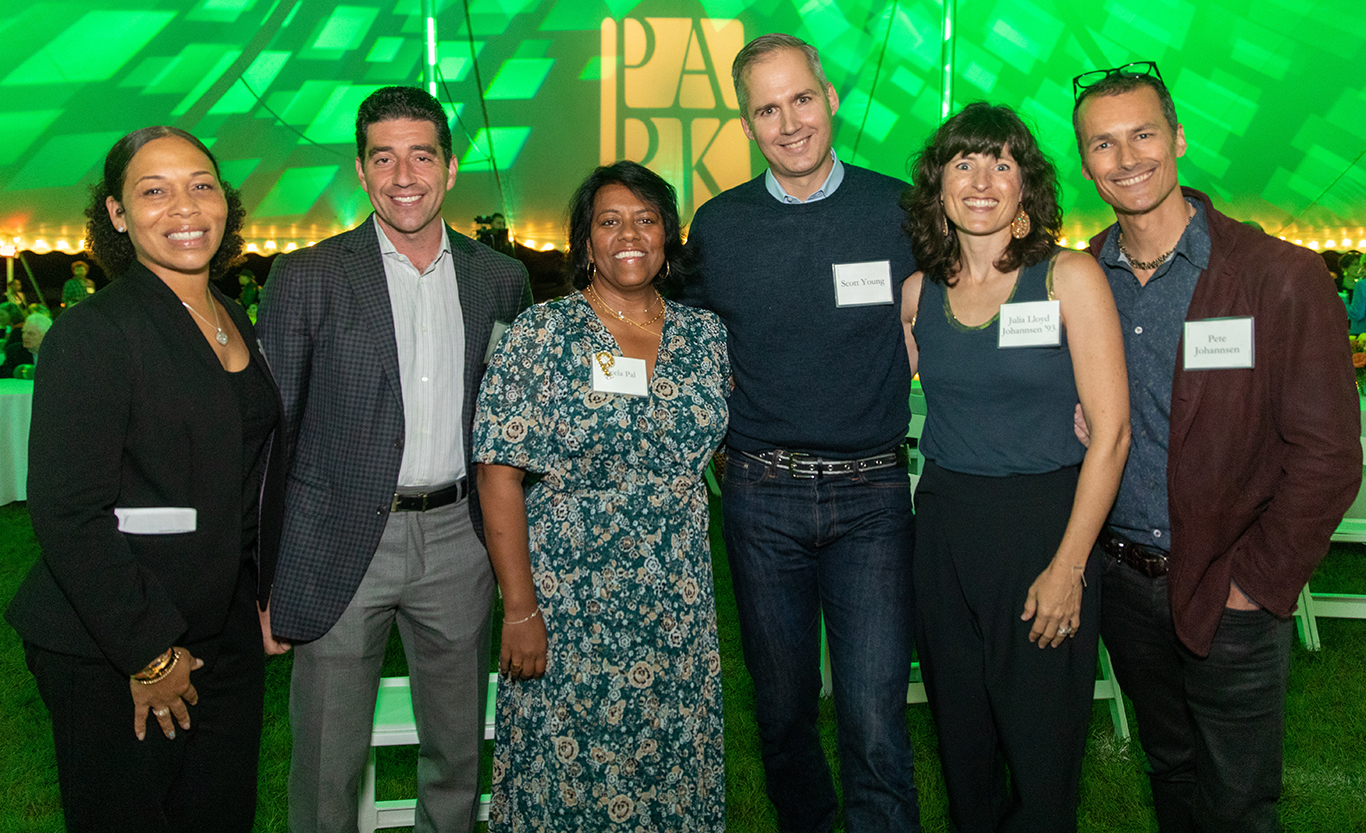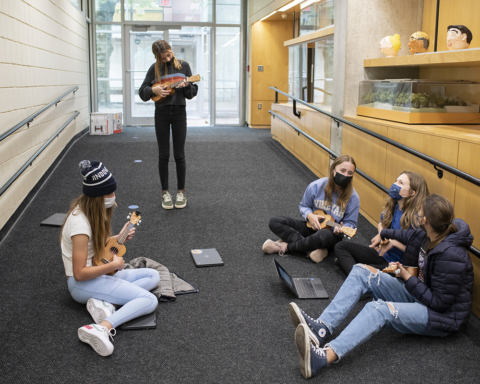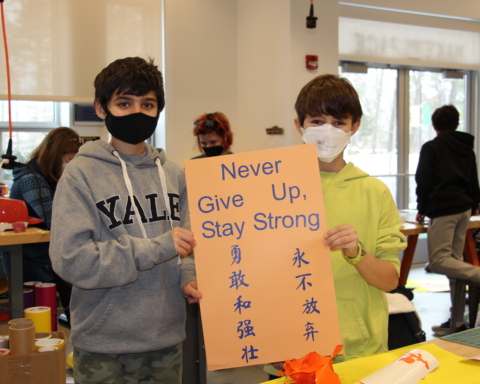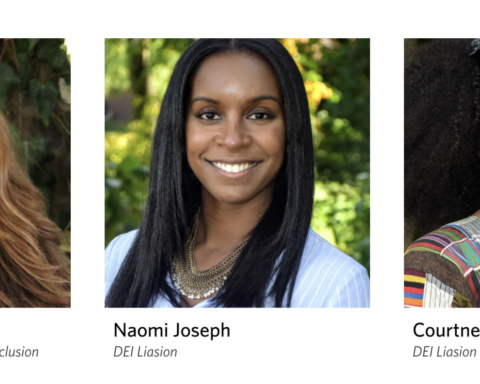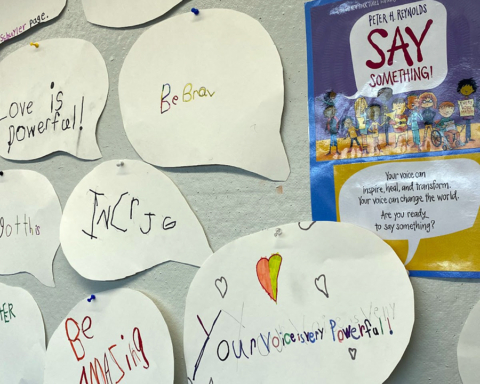In the time leading up to the launch of The SPARK Campaign, an important question kept dominating our thinking as we planned. Capital campaigns, at their best, accomplish many things. They build excitement for the future. They build community spirit. They support essential institutional goals. And, most concretely, they raise significant funds. We wondered, could they also build belonging?
Schools, colleges, and universities do, of course, depend on the generosity of their communities as they seek to build (literally and metaphorically) for the future. Capital campaigns are a big part of what makes this possible, in large part through the generosity of those with the capacity to make large gifts in service to all our students. The SPARK Campaign is no exception.
SPARK is, however, fundamentally different from the typical fundraising campaign. Most campaigns begin with what’s called a “quiet phase,” when school leaders seek out the highest capacity donors with the inclination to give, invite them into the inner circle for previews of the plans, and host events to which only those with much to give are invited. In providing this access, the institution cultivates a community within the community. Only after the vast majority of funds are raised, traditionally 75-90 percent, does the institution formally announce the campaign and engage the wider community.
In launching SPARK, Park knew that the traditional campaign structure was inconsistent with Park’s community values, beginning with the motto Simplicity and Sincerity. The commitment to diversity, equity, and inclusion at the foundation of Park’s identity simply couldn’t support the idea of a traditional campaign model. At Park, we believe that every member of the community needs to feel known, seen, and valued, and we believe it is essential to foster a deep sense of community belonging through every aspect of the campaign priorities and structure. How can we accomplish that if on some very literal, practical level, some people are more known, seen, and valued than others?
With this in mind, we built SPARK on an Inclusivity Promise, which, in brief, means that no member of the Park community has more or less access or information about SPARK’s vision or possibilities. Everyone is a stakeholder. Everyone is invited in. 
We publicly launched The SPARK Campaign in October 2021 having secured only 45 percent of Phase II funds – a much abbreviated quiet phase. This spring, we will invite the full Park community to support SPARK on Giving Day (Monday, April 14) – in contrast to the traditional campaign pattern of only offering a broad-based opportunity to participate at the very end of a campaign.
This spring, I will host a series of outdoor fireside chats for parents and guardians. Just as with last summer’s hard hat tours, anyone interested in learning more about the campaign and my vision for Park’s future will be invited to come. We look forward to welcoming broad community participation in these events!
The SPARK Campaign is unique in that we will ignite Park’s possibilities together, in real time, hand in hand, recognizing that what binds us together as a community is not the amount of money any one of us is able to give, but the fact that our collective energy and generosity are greater than the sum of our parts. Some Park families have the capacity to make larger gifts than others, yet true to the spirit of Park, everyone belongs in this effort, bringing their optimism, heart, and of course, the most generous contributions they can make, whatever that may be, to driving the effort forward.
In essence, SPARK is our opportunity to each do our individual part to create the collective community we want to be – at whatever giving level is possible for each family. We are all committed to the potential of Park, together.

